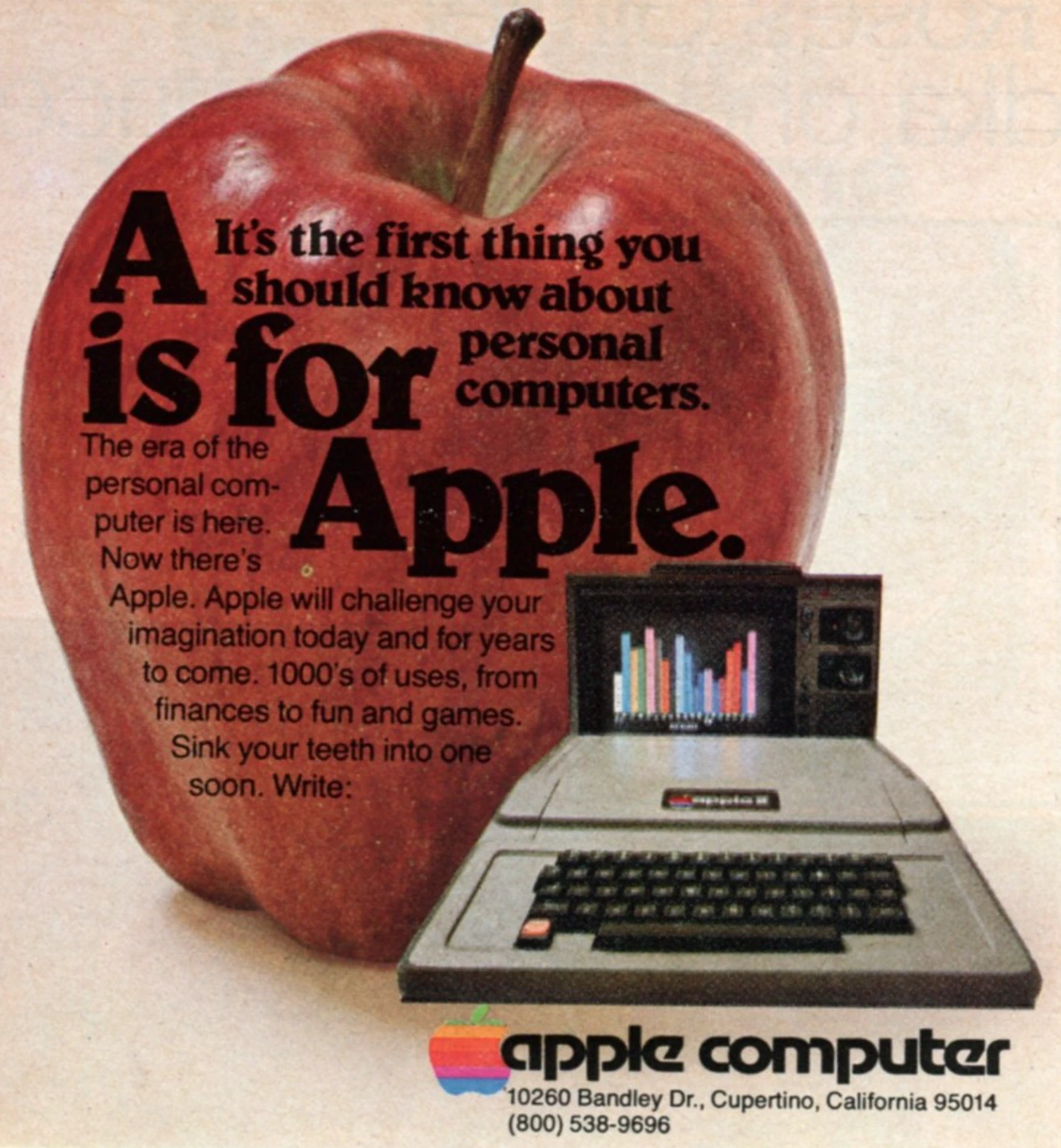
Today’s computers are powerhouses with multiple CPUs, sky-high speeds, and complex tech specs. Yet, I often catch myself missing the days of my 1 MHz Apple II—a simple but super efficient machine. Why the nostalgia for something that seems so outdated?
I could “create as fast as I could think.”
Back when I was using the Apple II, it felt like I could “create as fast as I could think.” Working in the system’s memory space, in an application delivered from memory, every press of the key and every command was met with immediate action. This was when computing was mostly a one-thread show—my thread was the only one. And unlike today’s overloaded interfaces, the Apple II had basic text screens that were often snappy and never lagged. Back then, even cutting-edge computers like the early Macs could be painfully slow, especially with screen redraws, and let’s not even talk about the lag from Unix and mainframe terminals.
As computing evolved, ironically, our machines began to slow down, all thanks to our craving for multitasking. In the 80s, we tried to move away from single-threading with stuff like Quarterdeck’s QEMM and Microsoft Windows, which offered basic task-switching. Soon, true multitasking came along, led by maverick systems like the Commodore Amiga—way ahead of its time compared to Microsoft Windows.
This multitasking era was meant to boost our productivity, letting one app run in the background while we focused on another. But it wasn’t smooth sailing. Early operating systems weren’t built for this, leading to clunky workarounds to keep older software running. We thought these were just teething problems, believing everything would be smooth once our software migrated to systems like OS/2 and Windows NT, which were built for multitasking from the ground up. It took what seemed like forever, but things did improve nicely. Command prompts in particular felt nice and instant again.
But then… the web. Despite all our technical advances, using the web can still feel like stepping back in time, with constant lag that messes with our flow. At times it feels like we tumbled out of our multitasking struggles right into the web’s sluggishness. Modern web apps, even with fast internet and powerful hardware, often lag behind in loading and responsiveness. It only takes one ugly lag to ruin a productive flow, derail a train of thought, or flit away a muse like last night’s forgotten dream.
This stubborn persistence of lag on websites and web-connected apps really makes me wonder: Could we be doing better? Reflecting on our progress since the instant responsiveness of the Apple II, it’s clear that we haven’t fully overcome our compulsion to overextend our tech, and certainly none of us are “creating as fast as we can think” on the web these days. Our potentials are stifled.
I plan to dive deeper into this problem in future posts, looking at ways we might bring back some of that old-school immediacy to our digital experiences. Stick around as we tackle these issues, not just to look back, but to find solutions and maybe even transform how we interact with the web.
